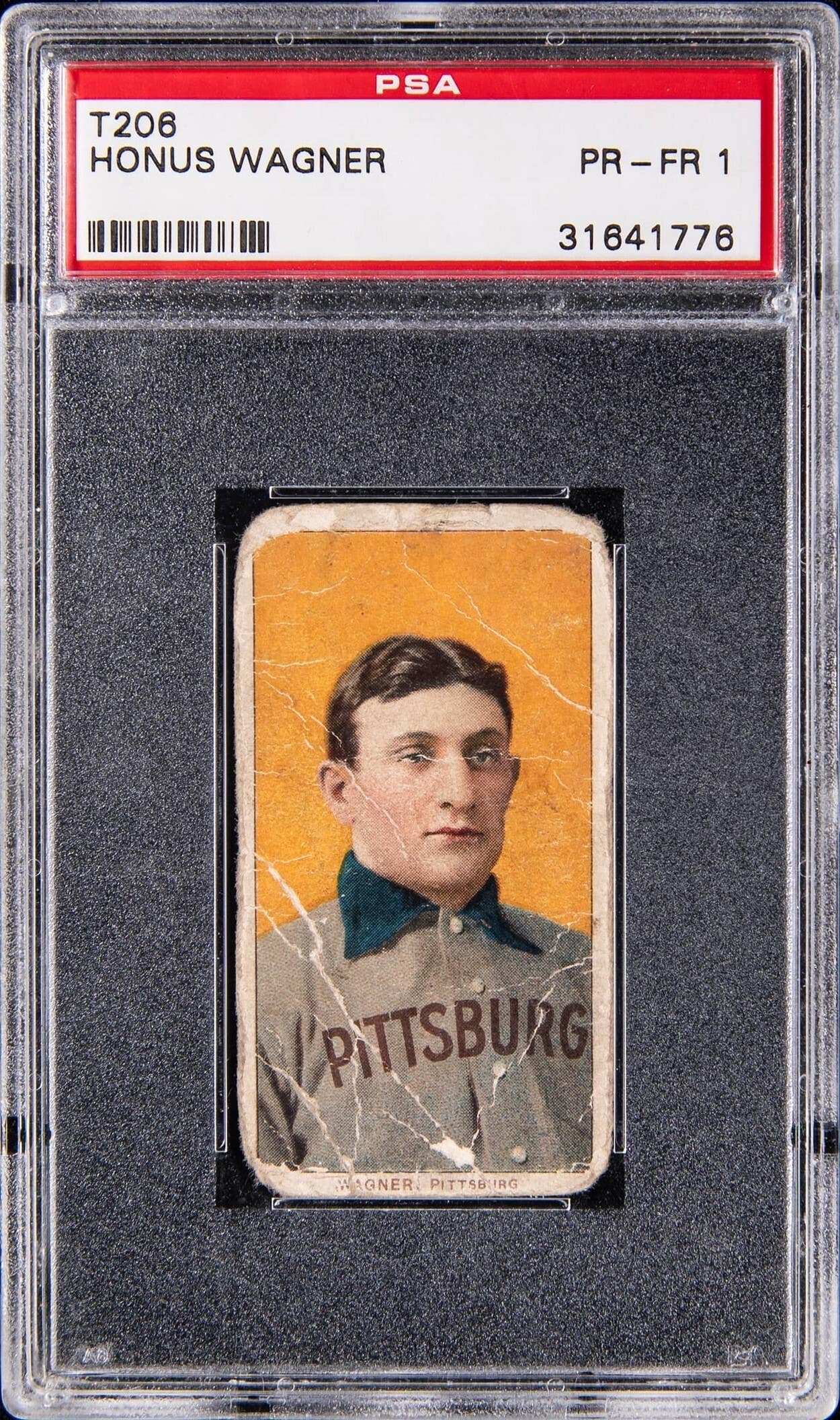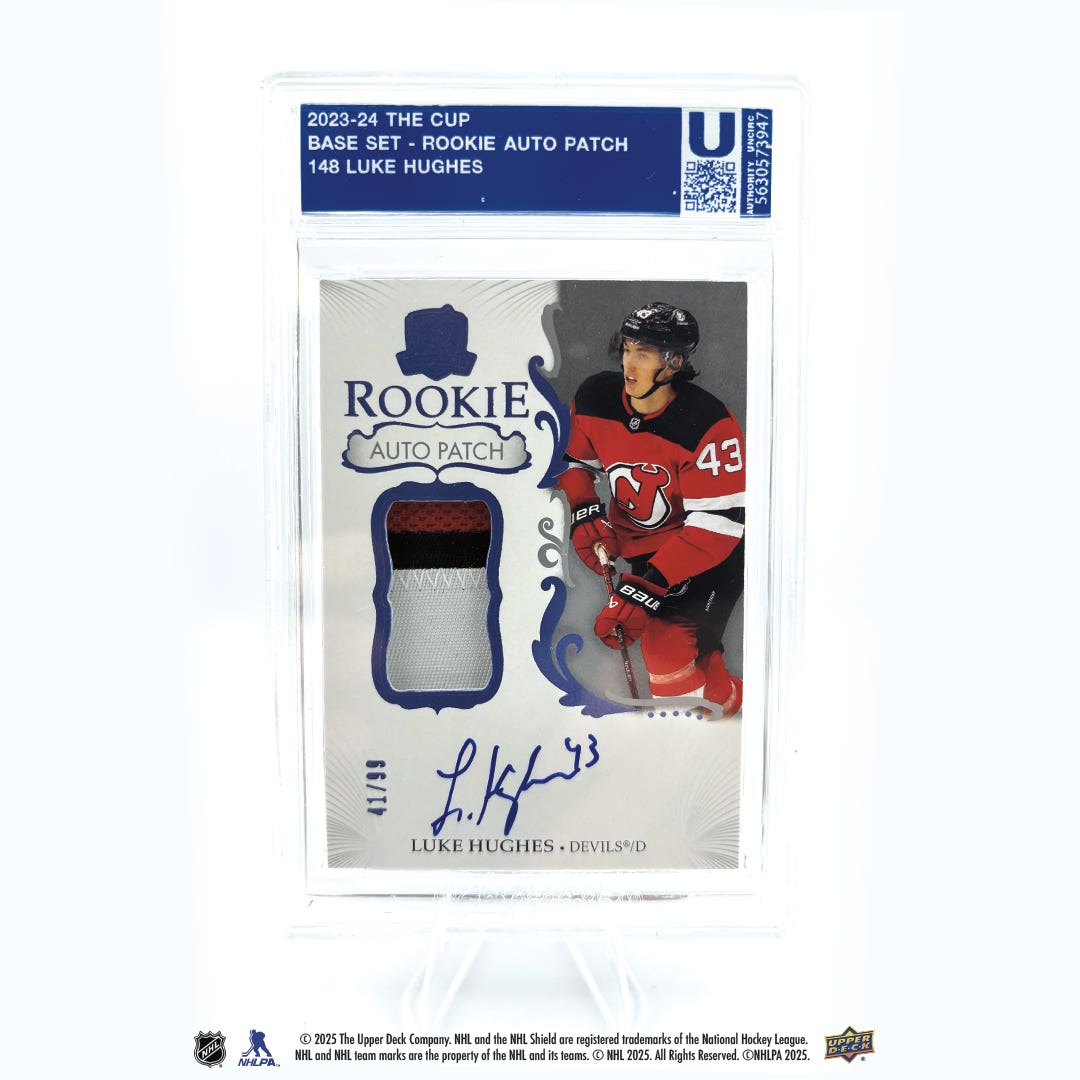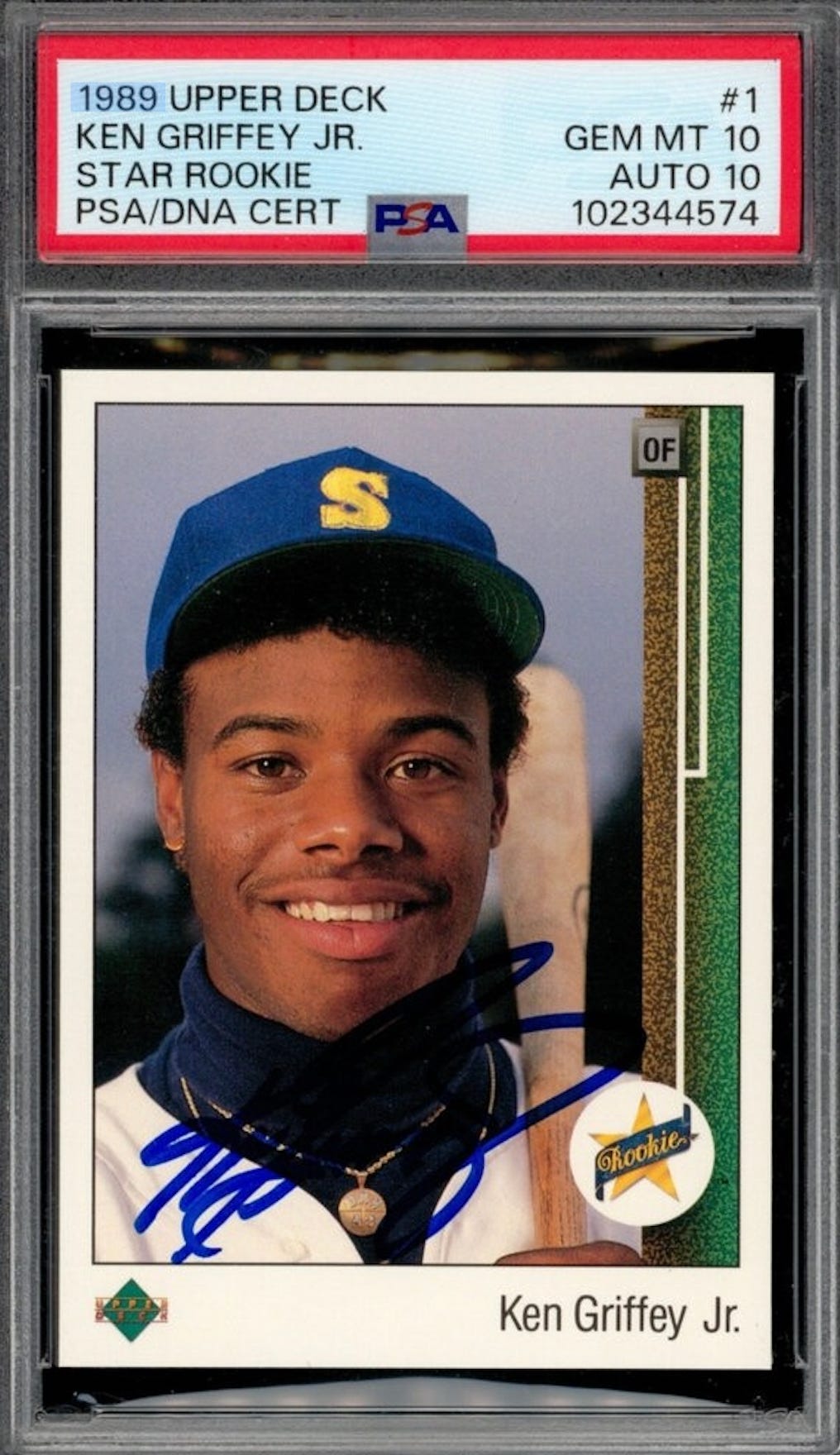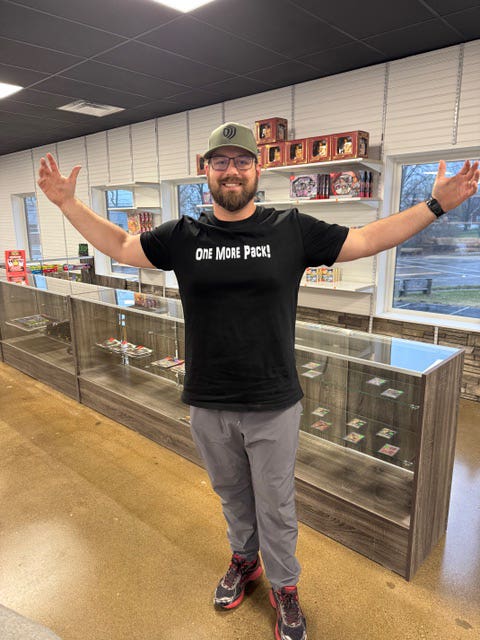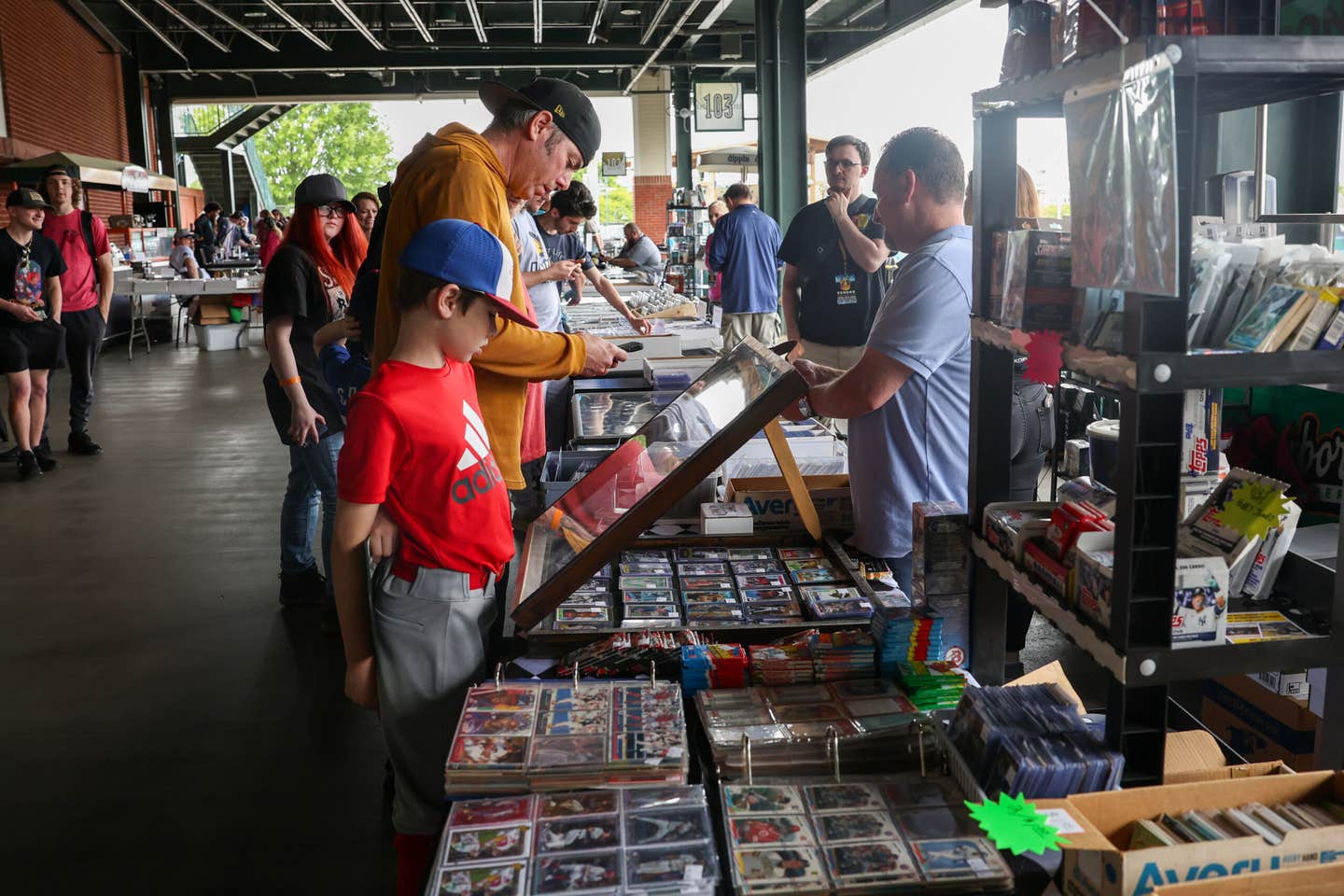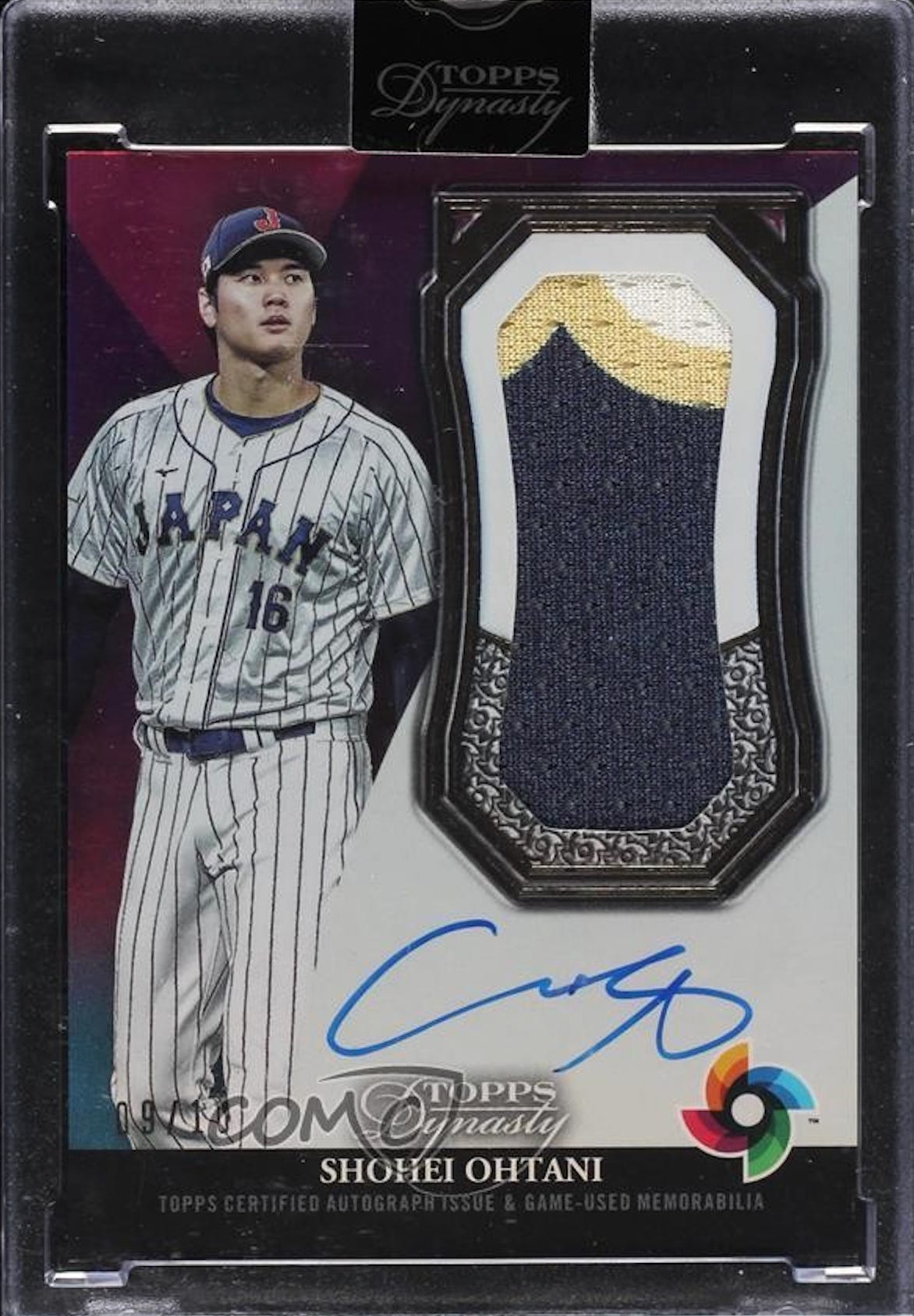Collecting 101
Sutter and Negro Leaguers in 2006 HOF spotlight
How about Bruce Sutter and Mule Suttles? "Sutter and Suttles" certainly would work for headline writers. Sutter narrowly won election to the Hall of Fame this year in the baseball writers' vote announced on Jan. 10, but to me, the most interesting part of the HOF 2006 debate will be the results of the voting of the brand-new Negro Leagues Committee.
That's where Suttles might come in. I say "might" because while I am intrigued by the upcoming vote that will look at 39 candidates (30 Negro leagues players, managers and executives) and nine from the period before the launch of the Negro leagues in 1920, I feel a bit lost in evaluating the group.
Still, one of my favorite things in our hobby is debating who goes in where and when, so I'll wade in on the topic of the Negro League vote in a minute, but first a word about Sutter and some of the others who were less fortunate on Jan. 10.
Sutter's interesting from our perspective because the hobby never seemed to think much about him or his HOF chances, at least if a $2 price tag on his rookie card in the 1977 Topps set is to be believed. Heck, the Mark Fidrych rookie in that issue is listed at $6, and two of the guys Sutter sailed by in the 2006 HOF voting - Andre Dawson and Dale Murphy - are shown at $11 each, and those are those icky, four-player jobbies.
My beef about relief pitchers notwithstanding, I don't have that much trouble with Sutter being elected, but I am always amazed that a huge group like the baseball writers can act in such a seemingly monolithic and predictable fashion.
Voting Sutter in after 12 years seems to hint that the coincidence of a weak 2006 ballot and his status as the top vote-getter in the 2005 election (of those not voted in) had as much to do with his win as anything else. I'm always fascinated by that, since, in theory at least, if a guy is going to go into the Hall he should get there in the first few votes ... and he should get there regardless of the strength of the ballot at any given time.
I know, that's naive, but there it is. I was disappointed - but not surprised - that Jim Rice and Andre Dawson didn't make it. Goose Gossage was the third-place finisher, virtually matching runnner-up Rice at roughly 65 percent, and Dawson was further back at 61 percent.
This was Rice's 12th year on the ballot, and conventional wisdom suggests that next year is a wash for almost any player not named Ripken, Gwynn and - maybe - McGwire.
Remembering a ballplayer's actual impact and status at the time he played - rather than simply evaluating one stack of statistics against another - would seem to be important, and by that measure a good case can be made for both Rice and Dawson. The former was one of the most-feared sluggers in the major leagues for many years in his prime, and the latter was widely viewed as the top player in the game at his peak before AstroTurf and aching knees collaborated to slow him down a bit.
But once you concede that both those guys deserve plaques, you're left with several others who boasted a similar prominence at the time they played. Dave Parker, Don Mattingly and Dale Murphy have been logging vote totals below 20 percent for several years, which suggests that none has a shot at getting in via the BBWAA vote, and that just doesn't seem right.
It takes too much space to fling numbers at the debate, but anyone old enough to remember when those three were at the top of their games can likely make a good case for enshrinement. That ought to count for more than it often seems to, although I do think voters used something other than raw statistics to make the Sutter case.
Of more personal interest to me as a fan was the one-vote-and-gone status of my favorite player from the 1980s, Dwight Gooden. Few things remind me of how fast life goes once you get past age 30 than the realization that Gooden for the first six or seven years of his career looked like a better HOF candidate than that Clemens guy, but started to sputter long before his 30th birthday while "The Rocket" seemed to improve with age, all of which happened faster than "kiss a duck." Geez, now both the Doctor and Darryl are off the ballot for good.
And speaking of off the ballot, it finally started to come to the attention of the national press that this was Pete Rose's final shot through the writers. Pete's latest nuanced beef is to wonder out loud how he can be deemed to have used up his eligibility when he hasn't actually been eligible, but one suspects that won't gather much traction. It's hard not to harbor the suspiscion that the MLB lifetime ban won't be lifted as long as Selig's the commissioner. I suppose he could lift it now and let the Veterans Committee decide whether Pete gets in, but then how would he answer the question of why now, as opposed to three or four or even eight years earlier, for that matter?
Negro Leagues Revival
We go from a poor bet to a sure one: the new committee on the Negro leagues will add player(s) to the ranks of the immortals, and with the exception of those dismissive of the leagues themselves or given to actually wearing bed sheets as a fashion statement, this news has to rank as one of the neatest things the Hall has undertaken in years.
Given the way that black ballplayers almost immediately dominated Major League Baseball once the color line was dumped in 1947, it seemed almost a certainty that the number of Negro League players duly installed in Cooperstown was woefully inadequate.
The voters (see adjacent story below) have a monumental task in front of them, but I suspect that there's no right or wrong answer from all of this. The list of experts and the vast research done by the Hall of Fame to get a more accurate - and comprehensive - look at this vital component of baseball history it would seem to me to all but guarantee the biggest boost for Black baseball since the opening and expansion of the Negro League Baseball Museum in Kansas City, Mo. (Raymond Doswell, the curator, is one of the voters.)
Dr. Larry Hogan, a member of the screening committee and one of the dozen experts who will cast votes next month, said the vote will be the culmination of an educational effort that has really been a part of the Hall's focus from the beginning.
"Dick Clark and Larry Lester have put together a statistical base of Negro Leaguers from 1920-48 that is more complete than anything we've ever had before," Hogan said about the editors of the pioneering book The Negro Leagues. That work was published by The Society for American Baseball Research in 1994, and represents one of the initial pioneering efforts to try to reconstruct the history of the Negro leagues.
The 12 voters will pore through an estimated 800 pages of research for the deliberations prior to the vote, which begin on Saturday, Feb. 25 and conclude with a Tuesday, Feb. 27 vote and 2 p.m. EST announcement of the results.
"It's incredible the compilation that they have done," Hogan said, adding that there were a lot of very strong candidates, which the committee ultimately managed to get down to the 39 figure for the balloting.
When I interviewed Dr. Hogan it was still several weeks before the BBWAA results had been announced, so there was at the time the possibility that there might not have been anyone elected by the writers, a mildly daunting possibility that Sutter put to rest with his election on Jan. 10. Still, the Negro leagues and even the players from before 1920 are going to be grabbing much of the spotlight starting with the release of the National Geographic book in February all the way to the induction festivities at Cooperstown July 27-30.
"This is going to be a magical summer in Cooperstown," Hogan added, noting that in addition to the Negro leaues inductees (I am convinced that there will be several), the 18th annual Cooperstown Symposium will have Black Baseball as its focus as well.
And as mentioned earlier, in what has to be one of the most impressive collaborations since Maris and Mantle (OK, Sosa and McGwire for you younger guys), the Hall of Fame is hooking up with The National Geographic Society, with the latter publishing a book, Shades of Glory, that figures to be a hit with fans - and collectors - way beyond the usual narrow sphere inhabited by black historians and SABRites.
It's always been part of black ballplayers' multidimensional collective curse that the very same separate but hardly equal status of the Negro leagues relegated their statistics to a netherworld that meant hardly anyone's exploits could be backed up by the numbers that the true baseball fan so reveres.
That hideous gap led to wild figures being tossed around that sometimes hurt whatever limited credibility the handful of widely accepted statistics ever enjoyed. But I haven't got the 800 or so pages that the voters will have in front of me, so my speculation on who might get the nod on Feb. 27 will have to be a bit more, uh, ethereal.
As SCD readers know, I regard HOF election musings as one of the great intellectual exercises known to man, or at least to baseball fans. Having stipulated that this is me winging to a greater degree than even my usual winging it, here goes.
My list of inductees includes John Beckwith, Biz Mackey, Oliver Marcell, Minnie Minoso, Buck O'Neil, Cum Posey, Louis Santop, Mule Suttles and Cristobal Torriente.
That's nine guys, which numerologists might like but it's really just a coincidence. I understand that some readers won't be familiar with all of the players listed; if you want to learn more, visit the HOF's website at: www.baseballhalloffame.com. I rarely wave people into cyberspace, but I could spend a semester or two at that one.
Anyway, I won't drag you through the thought process for most of them, other than to say it was always my impression from various readings that Suttles was one of the greatest hitters ever, black or white, and I have read much over the years that suggested Beckwith, Mackey, Marcell, Santop and Torriente merited HOF consideration if another opportunity came along. And here it is.
Figuring also that the vote of the Committee is not just a cold, unfeeling evaluation of a mountain of statistics but rather a living, breathing, hopefully even joyous celebration of a century's-worth of Black baseball, I think the pull to elect Minoso and O'Neil will be too great to resist.
Which is not to suggest that either or both don't deserve election to Cooperstown. I wrote a column many years ago noting that Minnie belonged in the HOF and missed election only because of the timing of his birth and the fact that arriving in the major leagues near your 30th birthday dramatically lessens your chances of putting together HOF-like numbers, though he almost managed that anyway.
I've never read anything that hinted O'Neil was one of the all-time greats of the Negro leagues between the foul lines, but I can't imagine there's been anybody over the last half-century who has done more to promote an awareness and appreciation of the Negro leagues and what those ballplayers accomplished under extraordinarily austere and daunting circumstances.
I think of Buck O'Neil as sort of a black Brooks Robinson, this designation arising from his status as the ambassador for black baseball on a stature akin Brooks' role for the game at large.
I can't think of too many things that would be any cooler than having Minnie Minoso and Buck O'Neil on the podium in Cooperstown this summer. If that fantasy comes true, I would urge both them to ask for a spot in the batting order before Buck.
He's a tough act to follow.



